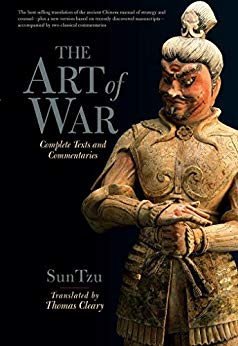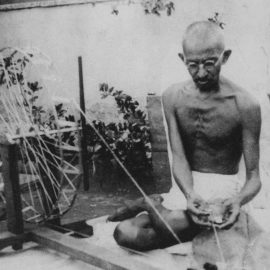

This article is an excerpt from the Shortform summary of "The Art of War" by Sun Tzu. Shortform has the world's best summaries of books you should be reading.
Like this article? Sign up for a free trial here .
What is “attack by strategem”? Why is it best to attack by strategem rather than force?
Sun Tzu said that the best outcome in a war is to take your opponent whole and intact instead of obliterating it completely—that’s the premise of attack by stratagem. If the battle is won, but the opponent’s forces and country are obliterated, that’s a lesser victory than if you are able to overcome them and force a surrender.
Keep reading to learn about the attack by stratagem tactic.
Strike Preemptively to Avoid Battle
The best time to strike an enemy is when they are involved in preparations. Strike before the enemy is fully mobilized, and they will be unable to fight back. This may prevent a battle. This strategy involves using intelligence, rather than brawn, to win.
If intelligent strategies don’t work, the next strategy is to win through intimidation.
- Form alliances to increase your strength to a point where fighting would be ill-advised for your opponent.
- Form alliances with the enemy’s allies to disrupt the enemy’s power.
Ultimate victory is when battle has been thwarted through attack by strategem, there has been no destruction, no cities have been seized, and no blood has been shed.
Prepare Adequately
However, if strategic, psychological warfare does not lead to an early solution, then you may be called upon to physically attack enemy forces. Attacks should be on enemy forces only, not territories, cities, or civilians.
Prepare ahead of time to avoid catastrophe in the field. Sun Tzu says six months are required to prepare the materials for an attack, including weapons and shelters, to avoid malfunctions and casualties. Don’t rush into battle without first ensuring that you’re adequately prepared. If you fight from a place of anger and don’t take time to prepare, you will be sending your troops to their deaths.
A strategic siege is one where your forces are still strong, your resources still ample, and your casualties are nil.
Historical Example: Ending Conflict Before It Begins
During the Spring and Autumn Era (722 to 481 B.C.E.), when the Zhou dynasty was beginning to collapse, the state of Jin wanted to overtake the state of Qi, a much smaller state. The Jin sent an emissary to scope out the Qi. The emissary, feigning drunk aggression, insulted the Qi’s ruler and tried to force the Qi to disregard etiquette. When the Qi did not react to the insult and did not abide the aggressive demand, the emissary returned home and told the Jin leadership that the Qi were alert, cautious, and prepared. Therefore, they should not be attacked at this time. The Qi were able to thwart armed battle through intelligence.
———End of Preview———

Like what you just read? Read the rest of the world's best summary of "The Art of War" at Shortform . Learn the book's critical concepts in 20 minutes or less .
Here's what you'll find in our full The Art of War summary :
- How to mislead your enemies to win the war
- Classic examples from Chinese history to illustrate Sun Tzu's strategies
- How to use spies to gather information and defeat your opponents






